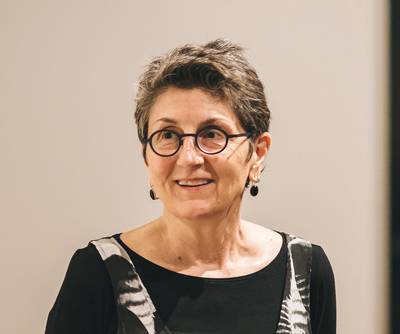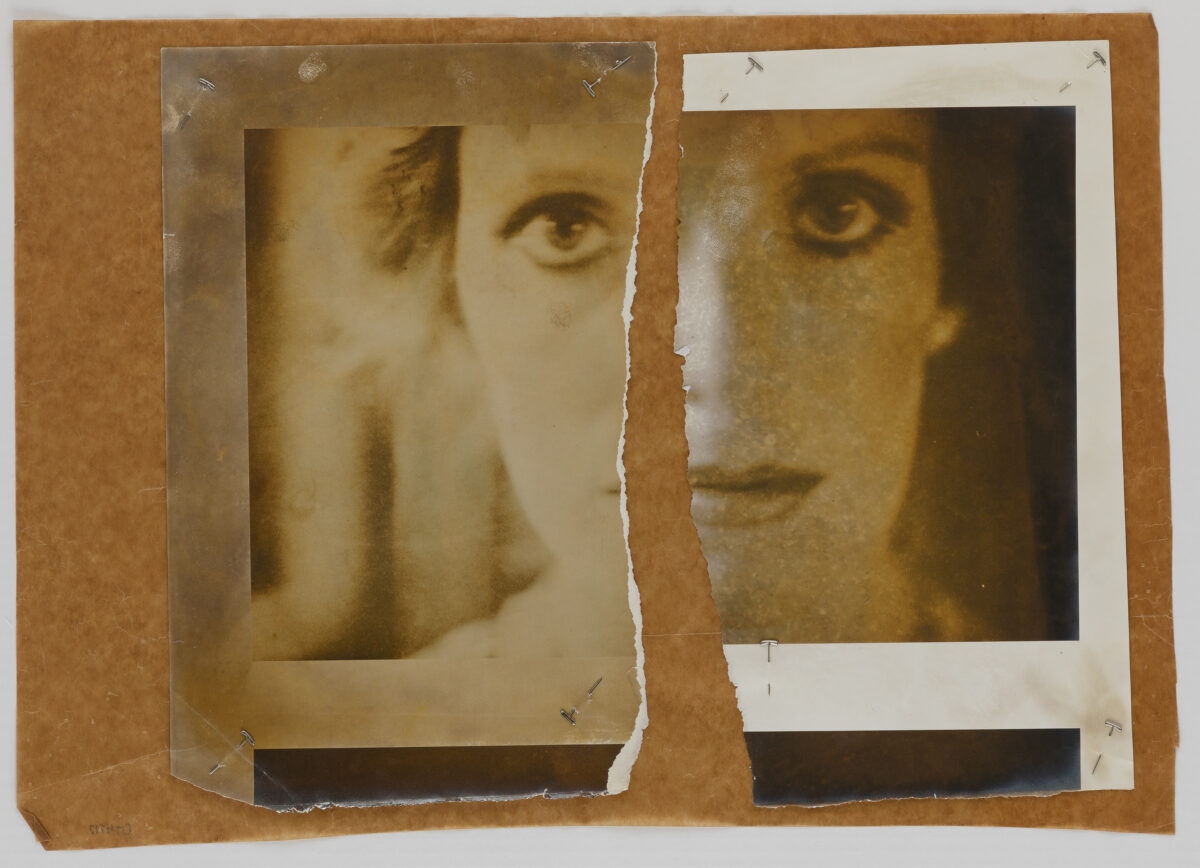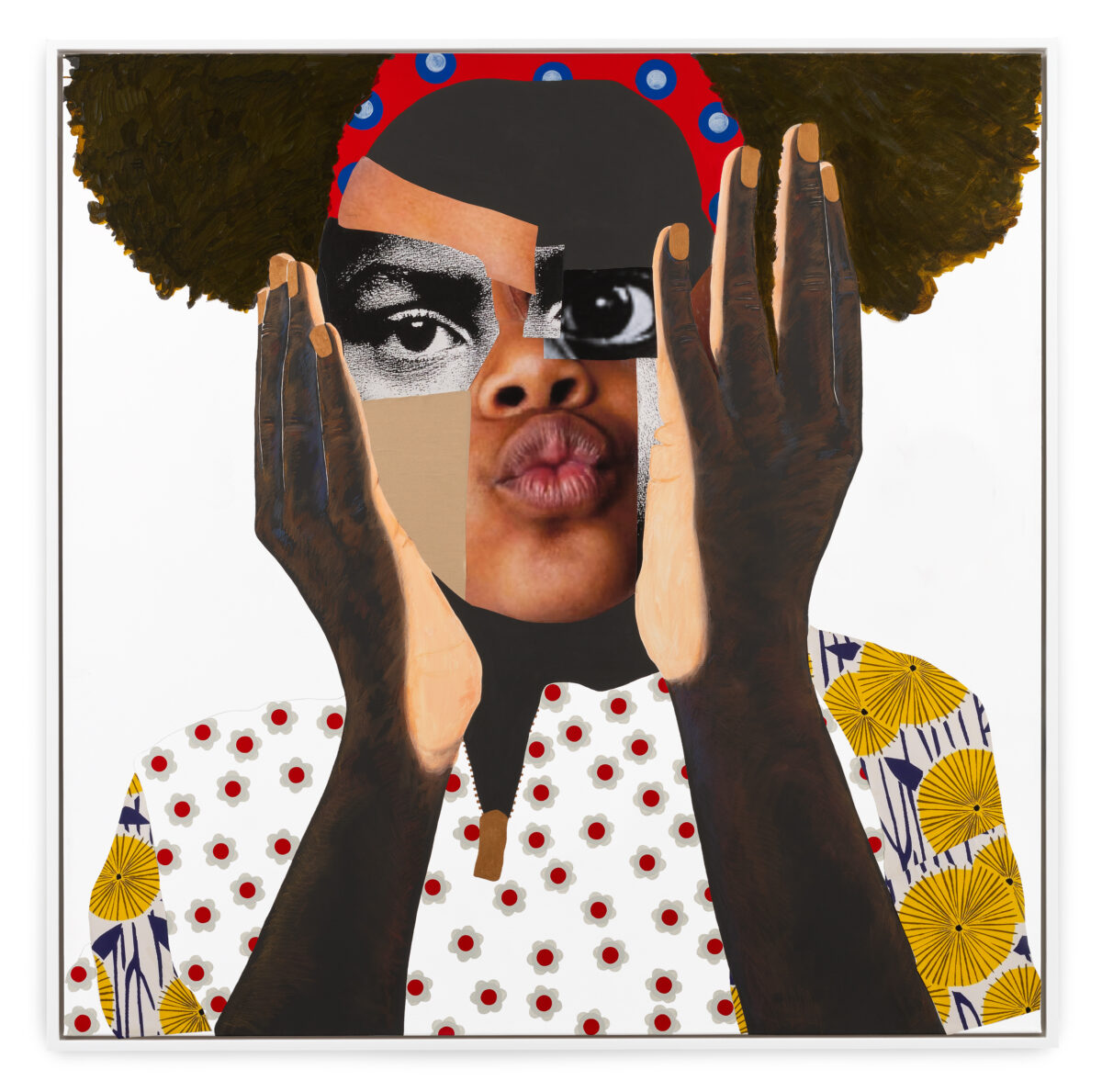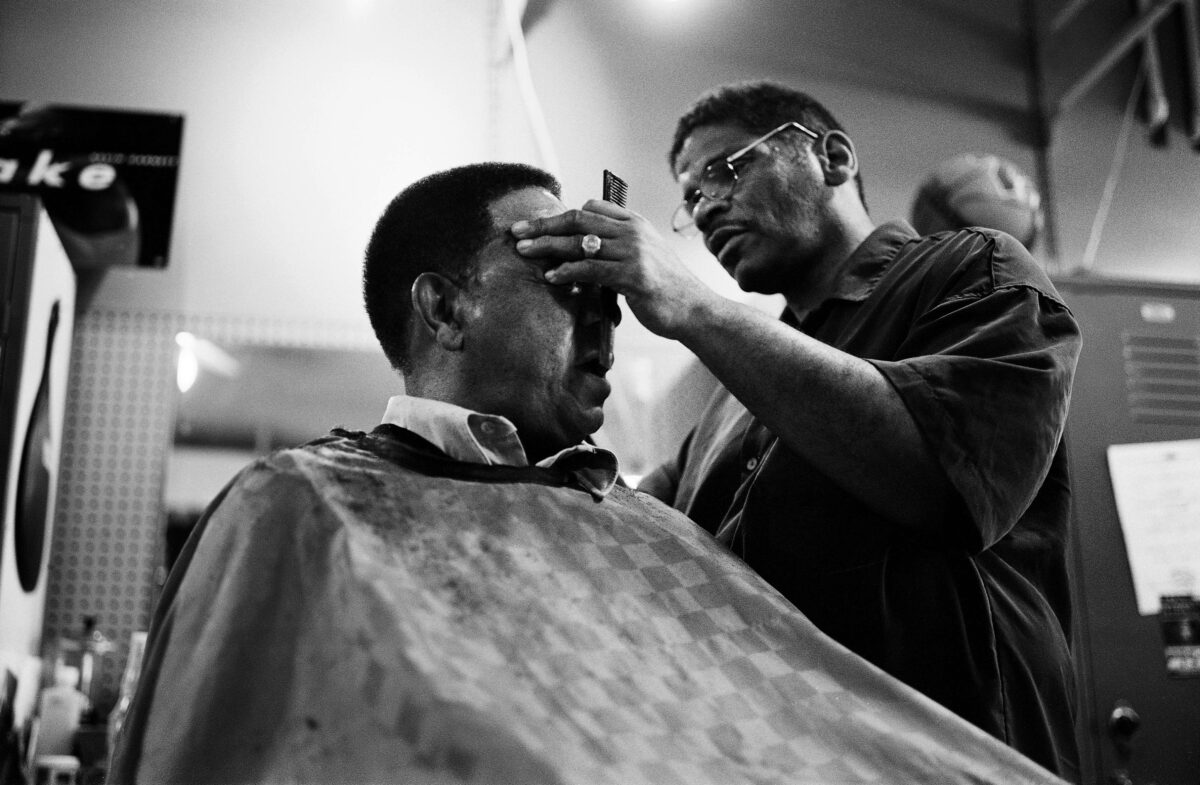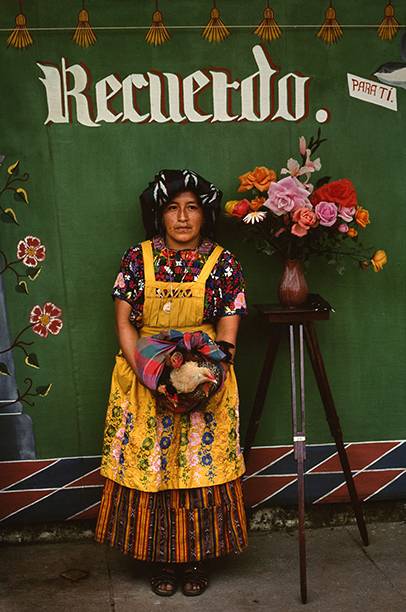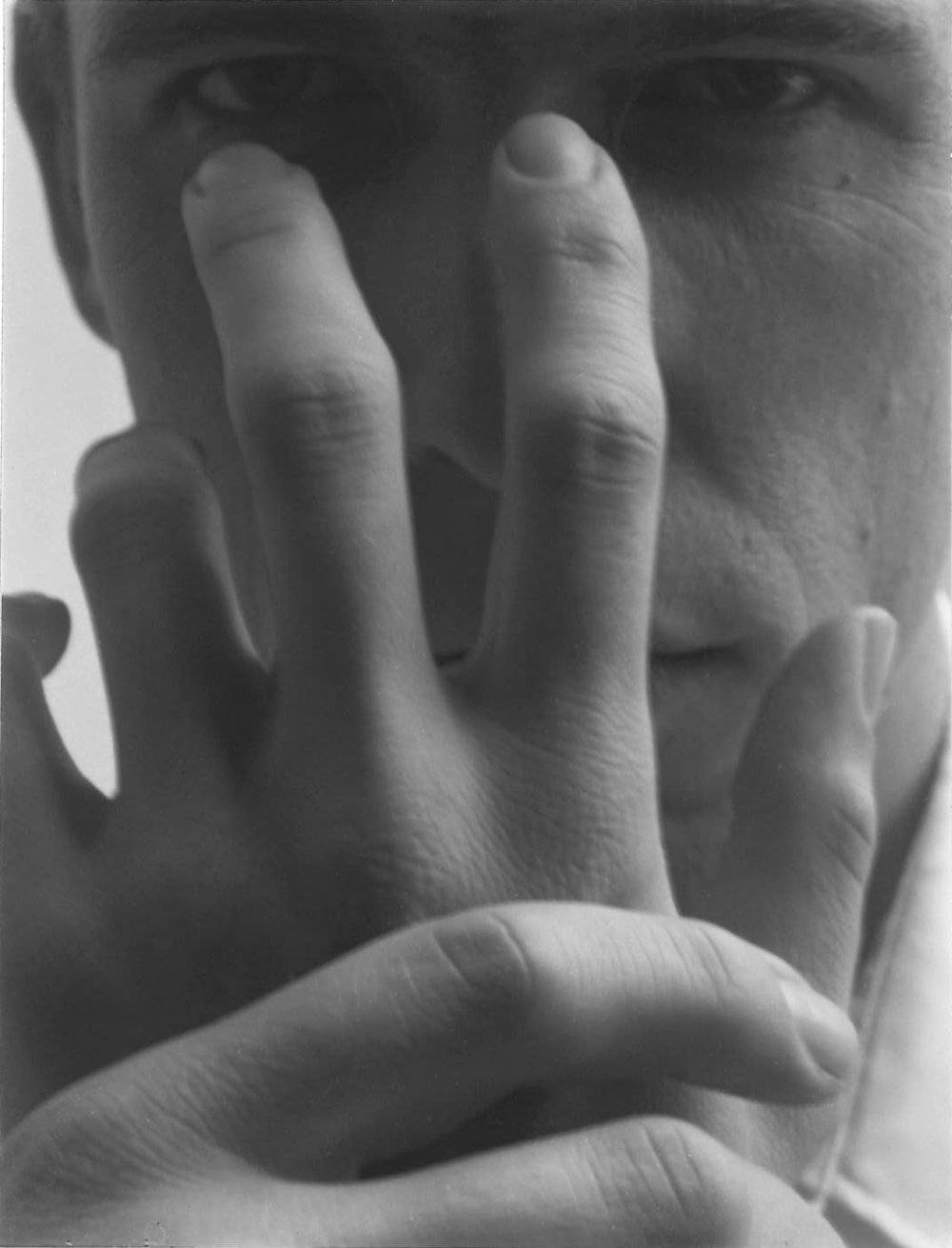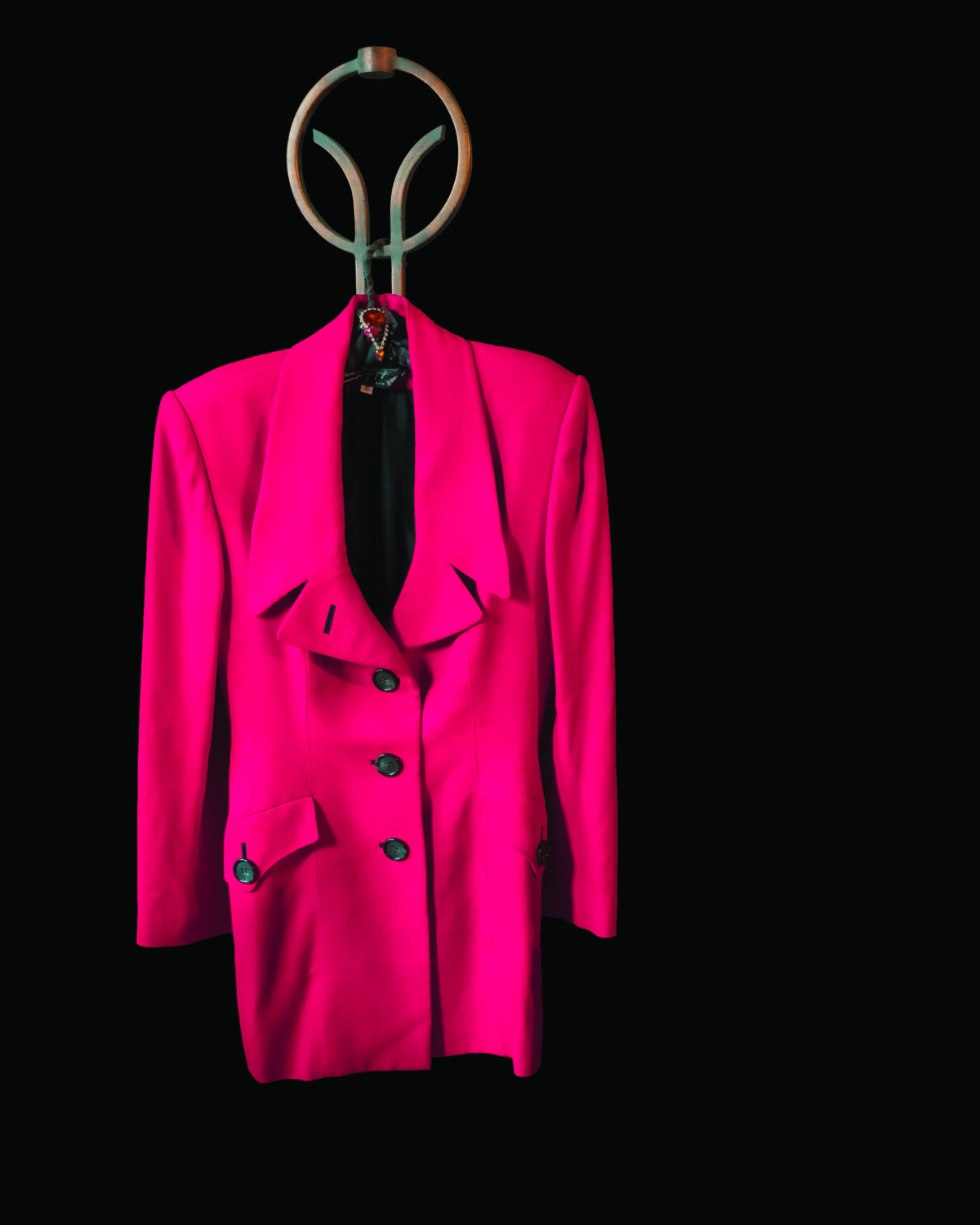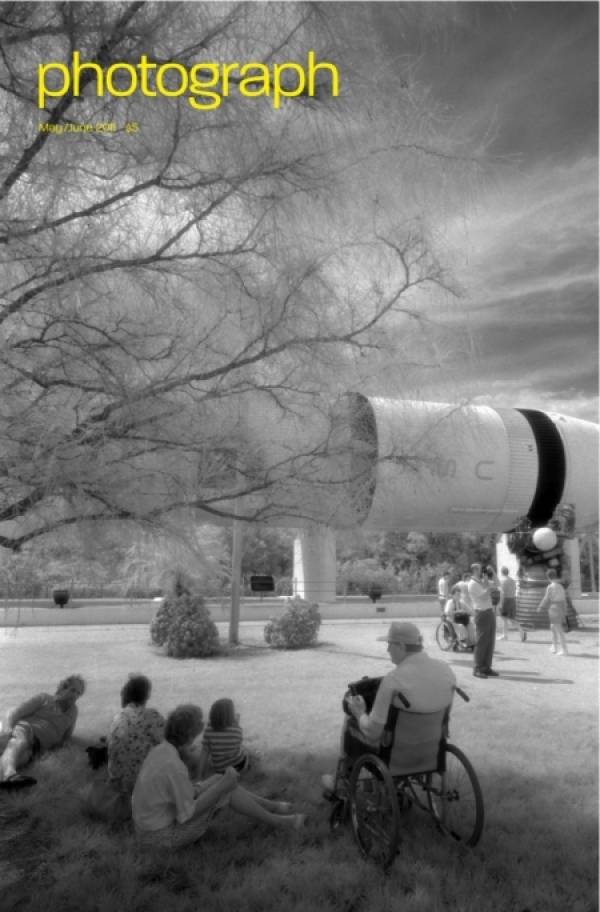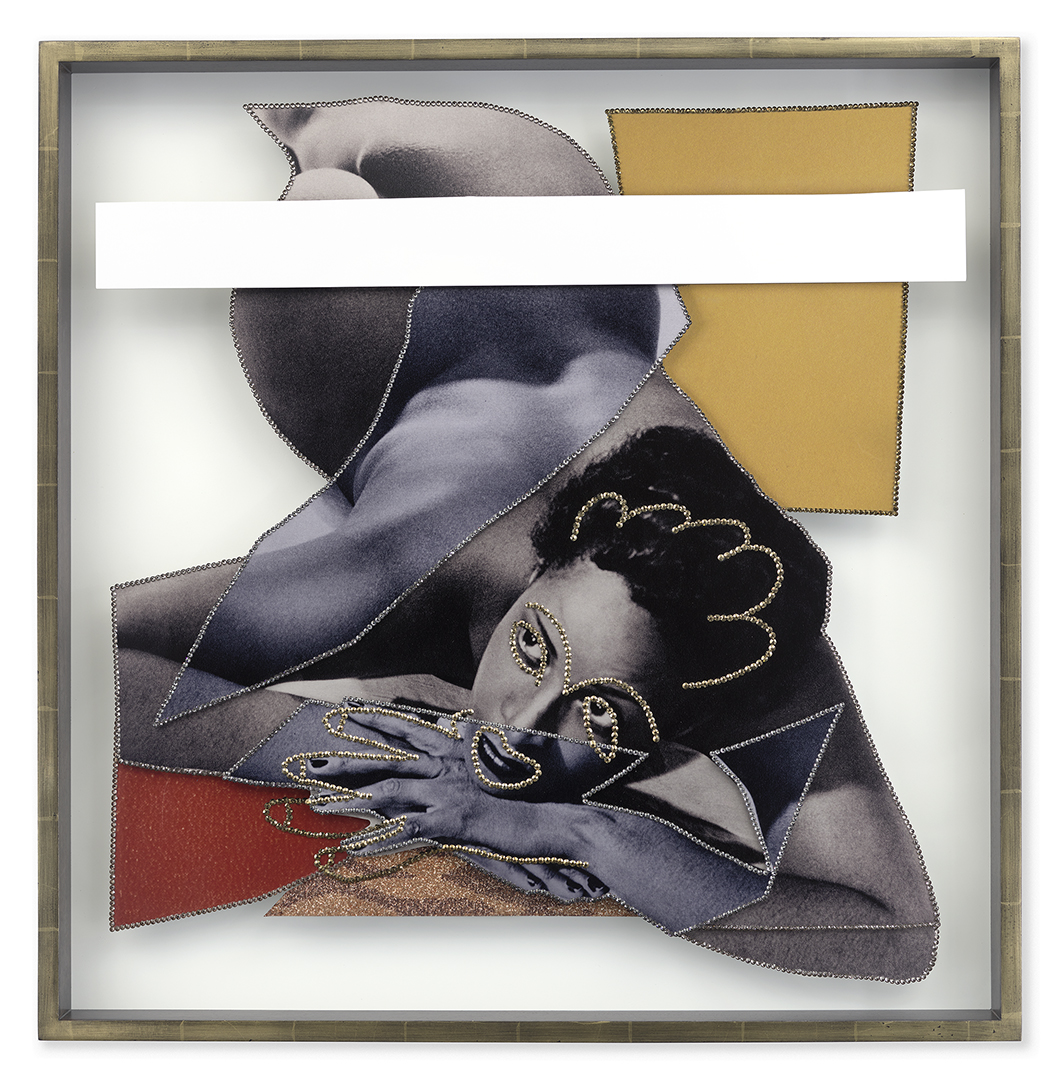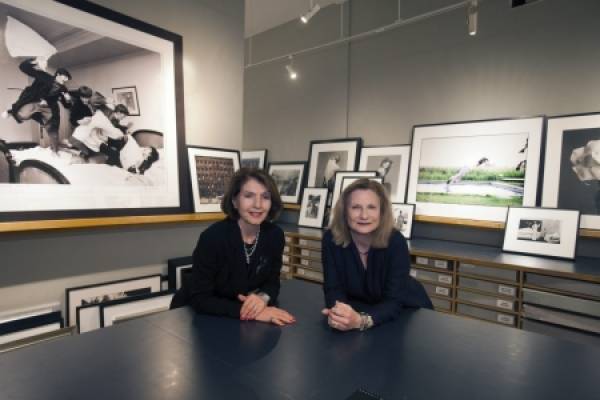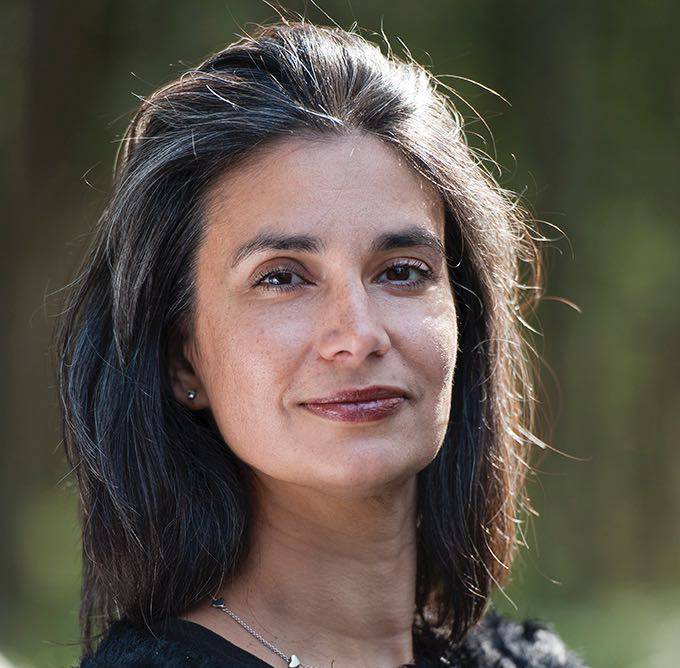Back when Deborah Klochko was a middle-school student in Pittsford, New York, she discovered a darkroom in her school that nobody was using. An art teacher helped her set it up, and the die, as they say, was cast. “The smell, the red light – I was hooked,” says Klochko, who is now celebrating her tenth anniversary as executive director of the Museum of Photographic Arts in San Diego.
Klochko had a friend with a few turn-of-the-century glass negatives, and those were the first prints she made. She took pictures constantly, used the darkroom often, and when she graduated, she attended a small liberal arts school, Gustavus Adolphus College in Minnesota, which had a good art program. She ultimately wound up back in upstate New York to attend the Visual Studies Workshop, studying with such leading lights as Nathan Lyons, Joan Lyons, and Keith Smith. “It was a good place for ideas,” she says, adding, “I think that adds up to a different kind of curating, too. It’s about taking ideas and putting them together. There’s a creativity there that’s exciting.”
Her first job was in education at the George Eastman House, and it prompted her to narrow her focus to museum education. She earned a master of arts in teaching in museum education at George Washington University, and that has been the common thread in her work ever since. After an internship with Merry Foresta at the National Museum of American Art, Klochko moved west, taking a job as the museum educator at the California Museum of Photography at UC Riverside. “Most of us were from the Visual Studies Workshop, so we sort of formed Visual Studies Workshop west,” she recalls “We did interesting exhibitions, but I always had this educational focus.”
Klochko worked at the Friends of Photography in San Francisco for a decade, ultimately as director, and then produced books and exhibitions independently for five years. At that point, MOPA came calling. “There was always a strong educational vein running through what MOPA does,” says Klochko, “so it was a good fit.” Last year, the museum founded the Department of Visual Learning, bringing the roles of education and exhibitions under one umbrella. The department develops programming involving interactive technology as well as “lifespan learning,” with programs for seniors, children, and people with Alzheimer’s, among other groups. “MOPA makes learning visible,” she says. “That’s what we do.”
Coming full circle from her early curatorial days, Klochko hired Merry Foresta as a curator at large last year, to work on an Aaron Siskind show, scheduled for 2019, and a show on contemporary Australian photography scheduled for 2018. The California Triennial is on view through January 29, though MOPA’s curatorial reach clearly stretches well beyond the state. San Diego is only 15 miles from the Mexican border, and Klochko is taking advantage of that proximity to organize a show on Mexican photography, slated to open next year. “I love curating, and I also love directing a museum,” says Klochko. “You have to have the good ideas, and then make them accessible to make it work.”

